Should curtains touch the floor? Designers decode the right length for you
The perfect length for curtains depends on the aesthetic and mood of your space – here's how to get the look you desire
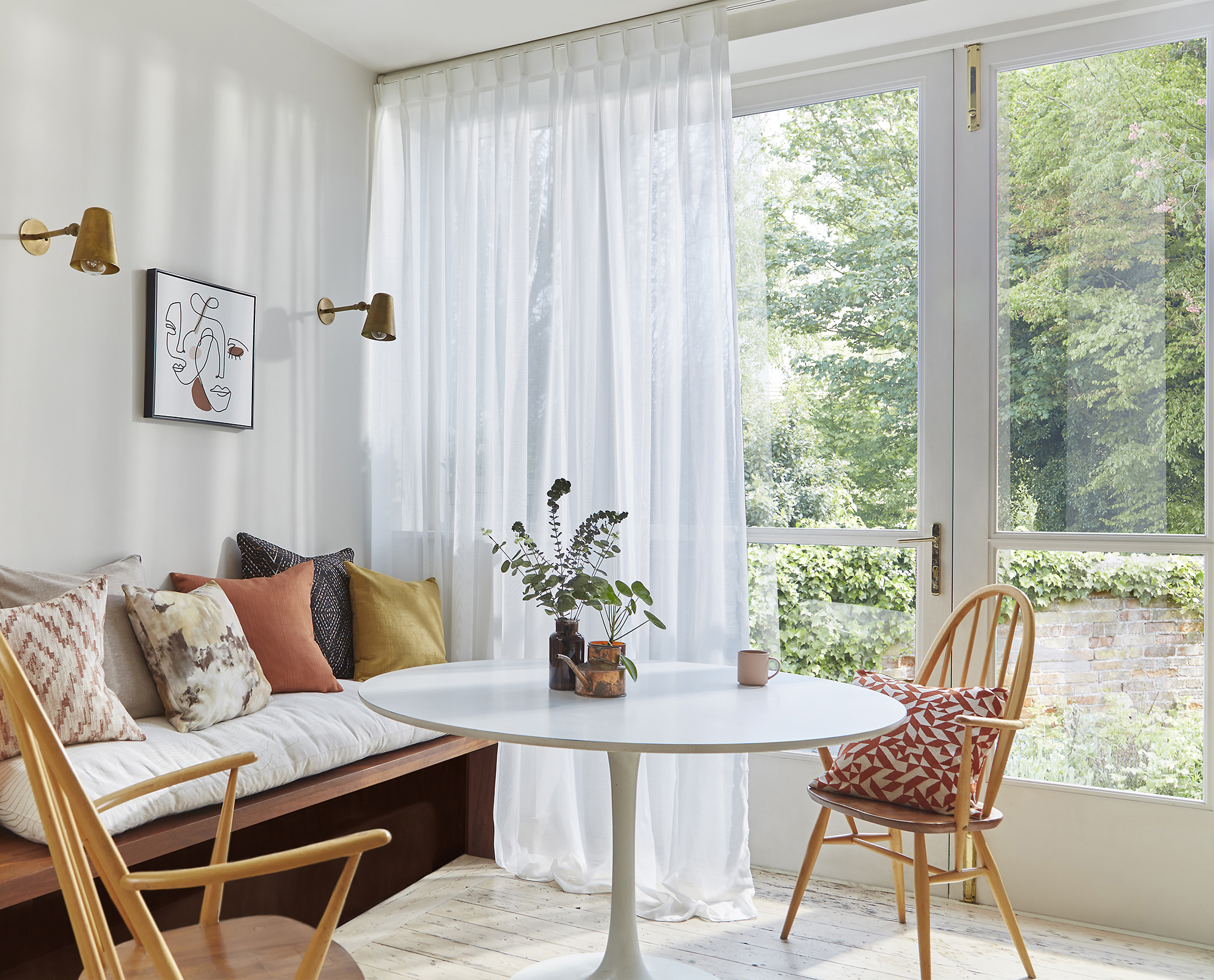
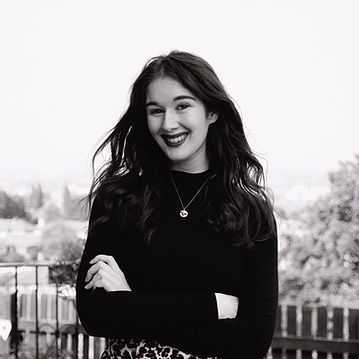
Curtains are an eternal source of debate amongst designers – many of which discuss how the said window treatment will look in a contemporary space – and how to make them work in your home. Though the question of 'should curtains touch the floor?' is, perhaps, the most provocative of these queries.
If you've spent some time considering the best curtain ideas for your home, you will know that your chosen materials and colors count towards how your overall space will look. However, experts warn that the length of your curtains is equally impactful in achieving the aesthetic you want.
So, before you learn how to measure for curtains, it's important to consider the length that will ensure your space looks as you hope. Here's what the experts want you to know.
Should curtains touch the floor?
'The perfect length for curtains depends on the aesthetic and mood of the space. However, curtains should either just touch the floor or be longer and puddle on the floor,' says Oshri Adri and Jillian Dahlman, the co-founders of Adri + Dahlman Interiors.
1. Opt for floor length curtains for a clean finish
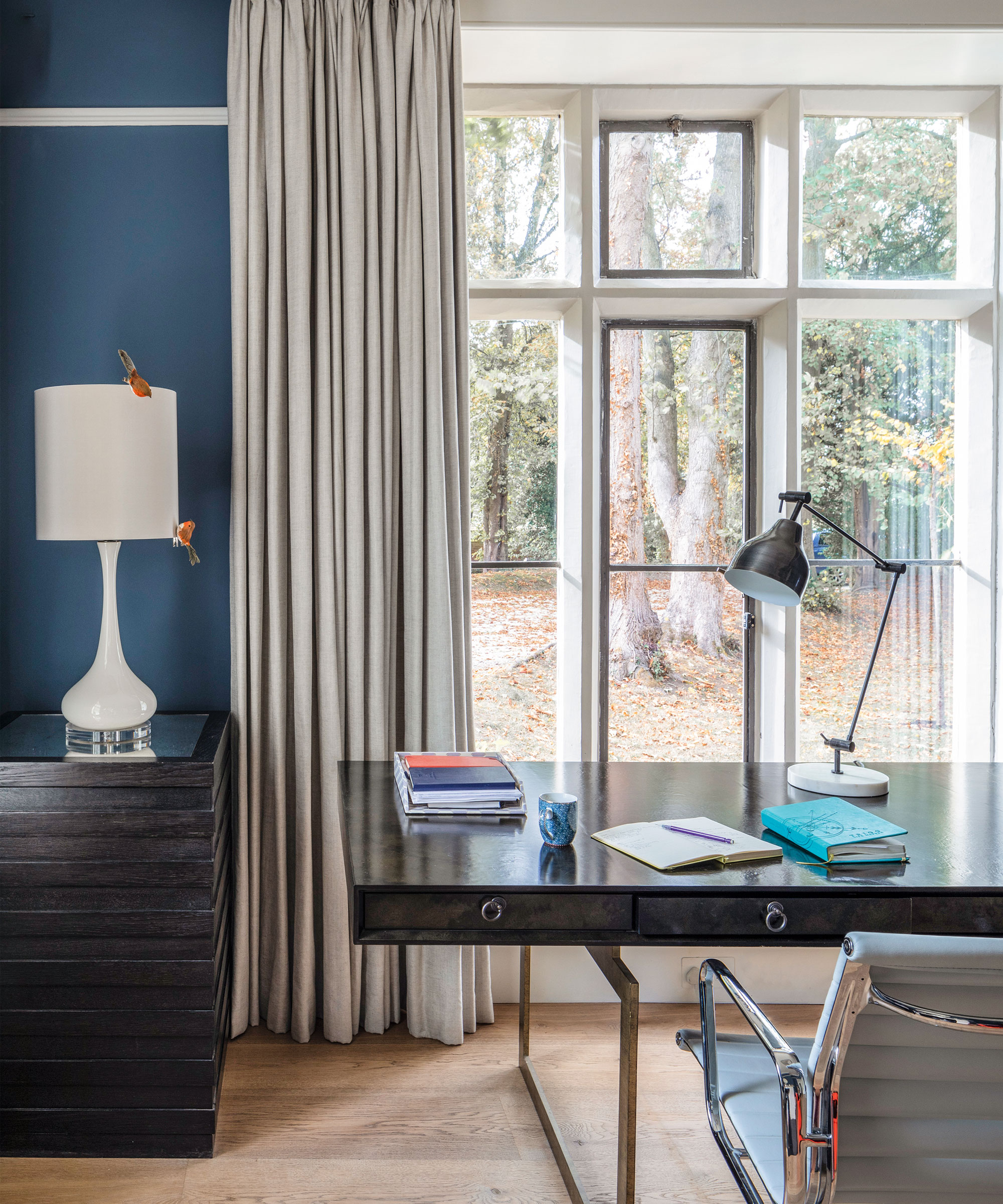
Oshri and Jillian say, 'curtains that just touch the floor look tailored, clean, and custom – even if they are not. This is our go-to length, as most of the rooms we design are more contemporary and minimalist.'
Having your curtains flush to the floor can create a neat and streamlined look, ideal for a more modern curtain ideas.
2. Puddle your curtains for a classic look
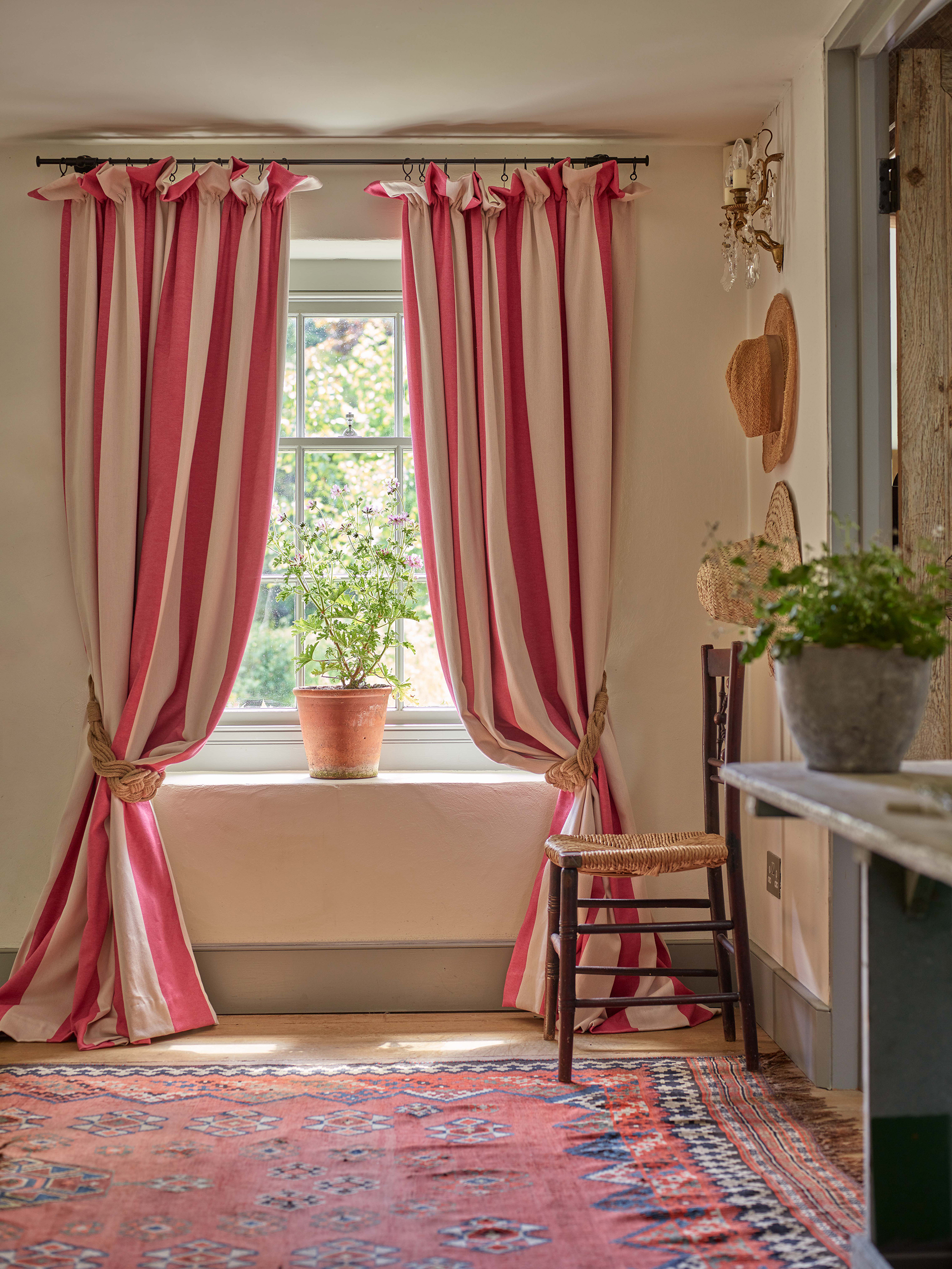
Alternatively, if you're looking for bedroom, kitchen, or living room curtain ideas that are more dramatic, traditional, or elegant, many designers recommend making your drapery longer so that it pools on the floor.
Emma Clarke, director at Warner House says, 'at Warner House, “more is more” and in almost every instance we would advise curtains should be full length: puddled for a traditional feel, or flush to the floor for a modern finish.'
Amy Bant, fabric and soft furnishing specialist at Graham & Brown also supports this and says, 'you can create a beautiful draping effect by adding a few extra centimeters to your drop when you measure for curtains, allowing for elegant puddles of fabric to form as it reaches the floor.'
Remember, when exploring what fabric to use for a puddled effect, very lightweight or heavier fabrics will pool the best.
3. Let your curtains sit at sill-length
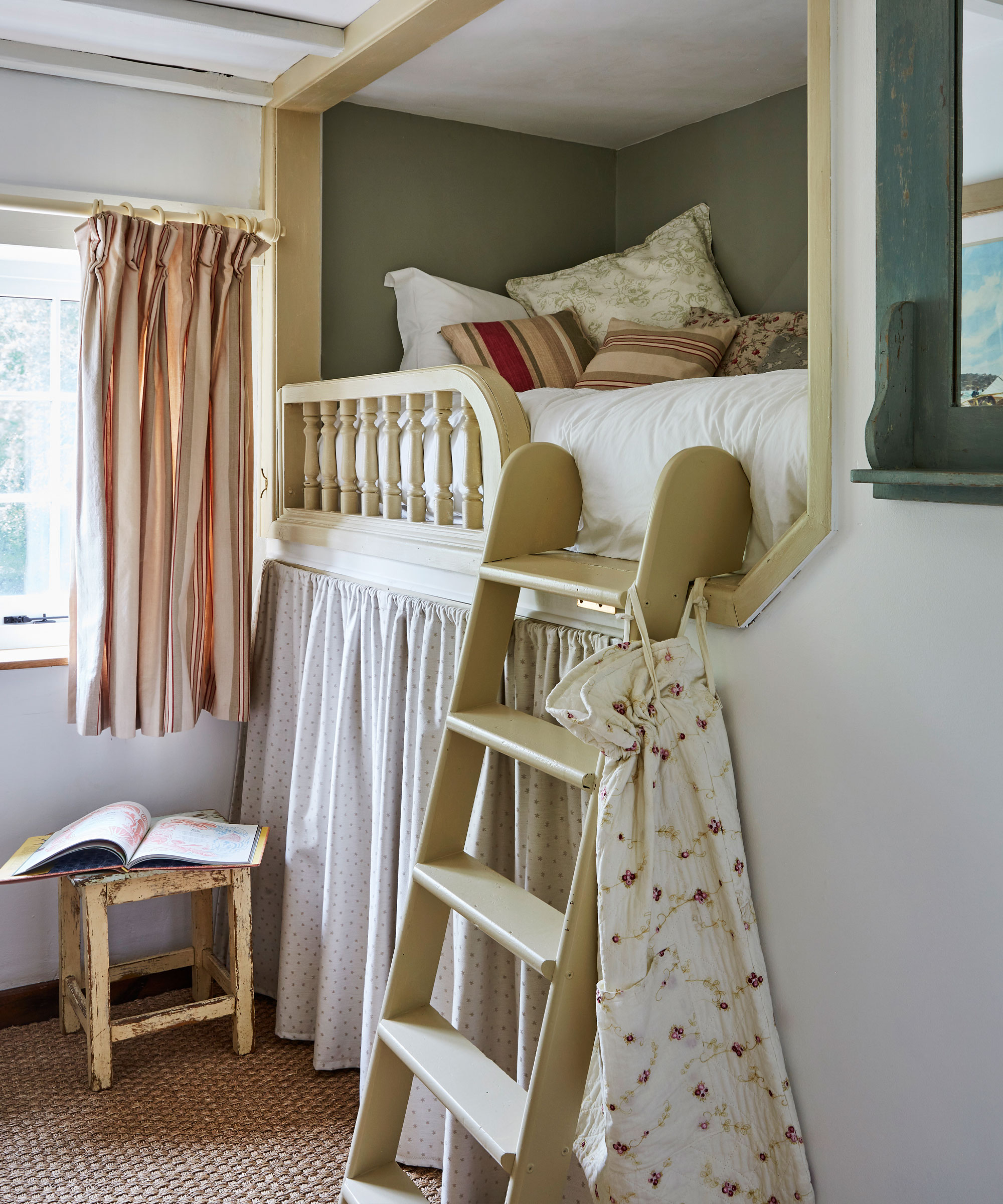
As we have explored, floor length curtains are usually the go to option for designers, and are often perceived as the best looking choice. However, sill-length curtains can also be another option to consider.
Maybe you have pets and feel like long, puddled curtains will get ruined, or have a radiator positioned under your window and do not want it covered with curtains, there are a number of reasons sill-length curtains can work well – and they can be just as stylish.
Usually found in more traditional, period properties, as shown above in this cozy kid's room, sill-length curtains are ideal for smaller windows for cottage curtain ideas, and may be a more practical option for certain rooms in the home.
Is it okay if your curtains don't touch the floor?
Whilst floor-length curtains are usually the most popular option, your chosen curtain length really depends on the overall look and feel you want in a space, as well as where they are being hung in the home.
Designers tend to agree that curtains that don't touch the floor are less common in contemporary homes. However, interior designer, Sarah Montgomery, explains:
'You can float the curtains up to 1" off of the floor, and this will give the illusion that they go to the floor,' Sarah says. 'This option is recommended if the curtains are wool or linen, which will lengthen after hanging. It should also be considered if floors are uneven, so you don't have pooling on one end.'
If you're living with pets but decide to try the 'floating' window treatment idea, you should aim for at least a 1/2" float, so they don't collect dust or pet hair.
Sign up to the Homes & Gardens newsletter
Design expertise in your inbox – from inspiring decorating ideas and beautiful celebrity homes to practical gardening advice and shopping round-ups.

Megan is the Head of Celebrity Style News at Homes & Gardens, where she leads the celebrity/ news team. She has a history in interior design, travel, and news journalism, having lived and worked in New York, Paris, and, currently, London. Megan has bylines in Livingetc, The Telegraph, and IRK Magazine, and has interviewed the likes of Drew Barrymore, Ayesha Curry, Michelle Keegan, and Tan France, among others. She lives in a London apartment with her antique typewriter and an eclectic espresso cup collection, and dreams of a Kelly Wearstler-designed home.
-
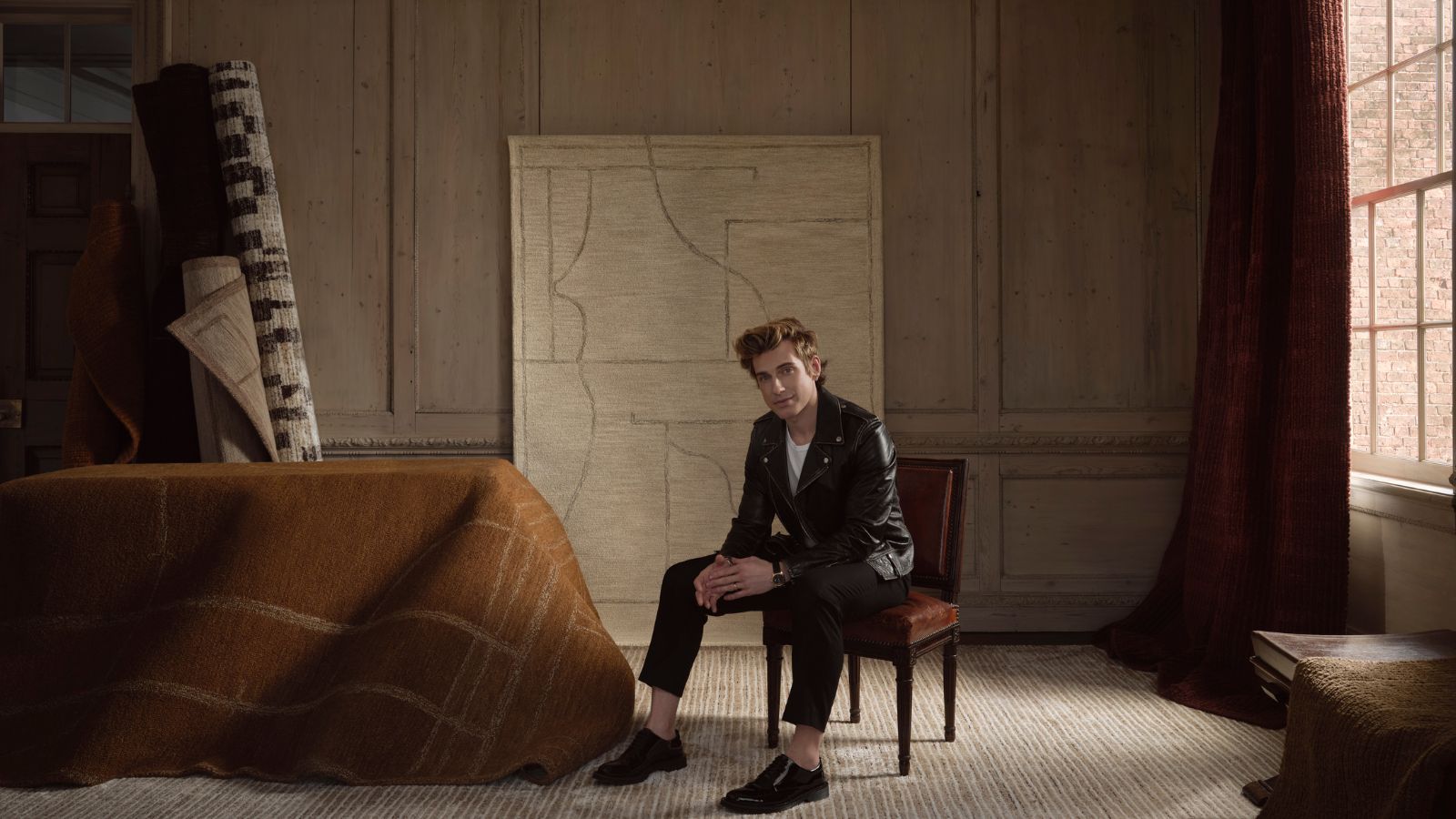 Jeremiah Brent's new NYC-inspired rug collection has got to be the easiest way to bring his modern Manhattan style into your own home
Jeremiah Brent's new NYC-inspired rug collection has got to be the easiest way to bring his modern Manhattan style into your own homeJeremiah Brent has teamed up with Loloi Rugs to create a contemporary collection of home furnishings inspired by his city
By Eleanor Richardson
-
 I tried this one easy dishwasher trick and made the annoying need for manual drying a thing of the past
I tried this one easy dishwasher trick and made the annoying need for manual drying a thing of the pastIf you hate those little pools of water left on your cups and crockery, this towel trick is for you
By Punteha van Terheyden
-
 7 dorm room organizing rules for less clutter and more space
7 dorm room organizing rules for less clutter and more spaceExperts offer their top tips for creating a well-organized dorm room, no matter the size, space, or layout.
By Ashley Chalmers
-
 How to maximize storage in a small or shared dorm room, according to pro organizers
How to maximize storage in a small or shared dorm room, according to pro organizersFind out all the hidden storage zones you might never have noticed
By Ashley Chalmers